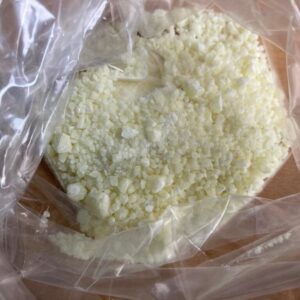Understanding Synthetic Weed: A Look at Images and Risks
October 24, 2025Synthetic weed, often marketed under names like synthetic weed pics, Spice, or fake weed, has become increasingly prevalent in recent years. Unlike natural cannabis, synthetic weed is made by spraying chemical compounds onto plant material. These compounds are designed to mimic the effects of THC, the active ingredient in marijuana, but they can be far more potent and unpredictable.
Visual Appearance of Synthetic Weed
Synthetic weed typically resembles dried herbs or shredded plant material, similar to cannabis. Images of synthetic weed often show green or brown leafy substances that may look harmless at first glance. However, the texture can be unusually brittle, overly uniform, or even contain unnatural colors due to chemical coatings. Some pictures reveal packaging that resembles legitimate cannabis brands, but with misleading labels claiming “legal highs” or “herbal incense.”
Why Pictures Can Be Misleading
Photos of synthetic weed can be deceptive. Since the products are constantly changing in composition, two batches of “Spice” may look similar but contain vastly different chemicals. Images online may not accurately represent the product’s potency or safety, making them unreliable for anyone trying to identify safe substances.
Dangers Highlighted in Images
Many images show synthetic weed alongside warning signs or reports of adverse effects. Users often experience severe anxiety, hallucinations, rapid heart rate, vomiting, or even life-threatening reactions. Unlike traditional cannabis, the chemicals in synthetic weed are not tested or regulated, making each batch unpredictable. Images of emergency interventions related to synthetic weed highlight the serious health risks associated with its use.
Recognizing Counterfeit Packaging
Pictures of synthetic weed packaging can help users identify potential red flags. Look for small packets with vague or flashy branding, inconsistent labeling, or claims of being “safe” or “natural.” Unlike regulated cannabis products, synthetic weed lacks proper quality control, and images of such packaging can help raise awareness about scams and dangers.
Conclusion
Images of synthetic weed are useful for education, helping people understand what these substances look like and the risks involved. However, visuals alone cannot ensure safety. The best way to avoid the dangers of synthetic weed is to stay informed and steer clear of unregulated substances. Visual guides combined with reliable information can play a crucial role in preventing harm.
